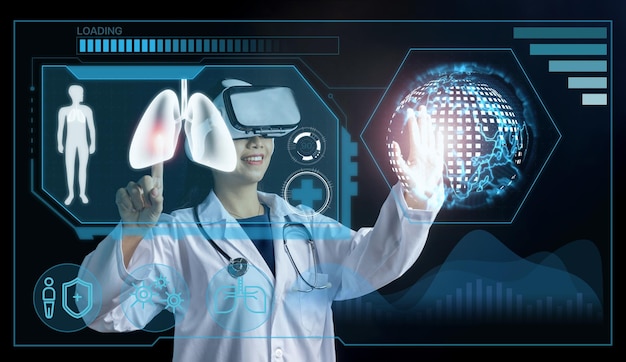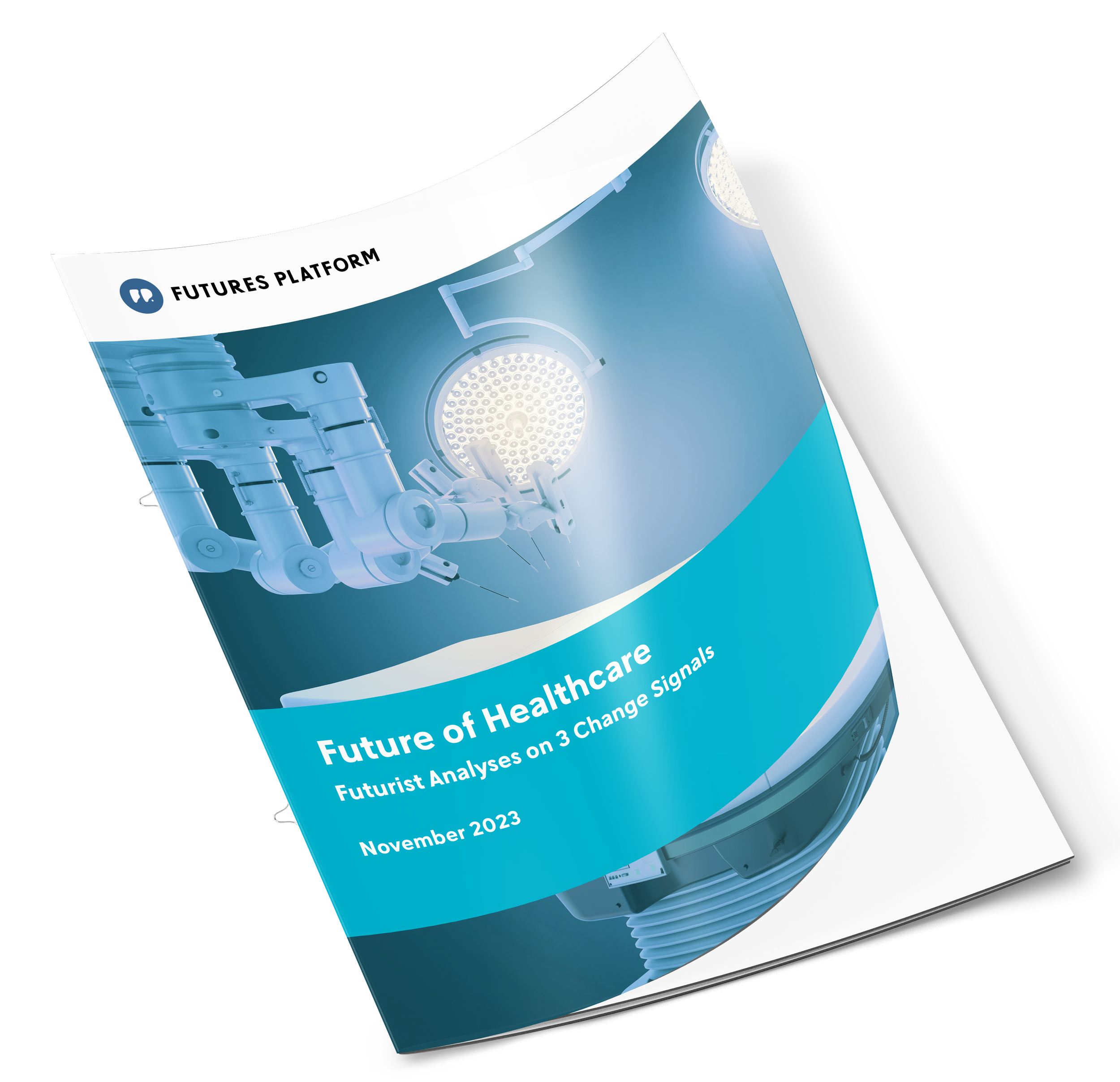
Introduction
In the face of global health crises, technological innovations have emerged as powerful tools in pandemic response. This article explores the diverse applications of technology in addressing pandemics, from early detection to vaccine development, and how these innovations contribute to a more effective and resilient response.
Early Detection through Data Analytics
Technological innovations play a crucial role in early detection and surveillance of infectious diseases. Data analytics, powered by artificial intelligence and machine learning algorithms, enable the analysis of vast datasets to identify patterns indicative of potential outbreaks. Early detection is paramount in implementing timely interventions and minimizing the spread of viruses.
Telehealth and Remote Patient Monitoring
The integration of telehealth and remote patient monitoring has revolutionized healthcare delivery during pandemics. Virtual consultations, wearable devices, and remote monitoring solutions enable healthcare professionals to provide continuous care to patients while minimizing the risk of transmission. These innovations enhance accessibility and support patients in both diagnosis and recovery.
Contact Tracing Apps for Swift Response
Contact tracing apps leverage smartphone technology to track and notify individuals who may have been exposed to a contagious virus. These apps enable swift identification of potential cases, allowing for proactive testing and isolation measures. The use of contact tracing technology contributes to breaking the chain of transmission and containing the spread of the virus.
Blockchain for Secure Health Data Management
Blockchain technology ensures secure and transparent management of health data. In the context of pandemics, blockchain facilitates the secure sharing of patient information, vaccine distribution tracking, and maintaining the integrity of health records. The decentralized nature of blockchain enhances data security, privacy, and interoperability across healthcare systems.
Vaccine Development Accelerated by AI
Artificial intelligence expedites vaccine development processes. AI algorithms analyze biological data, predict potential vaccine candidates, and optimize clinical trial designs. This accelerates the identification of effective vaccines, streamlining the development timeline and increasing the chances of successfully combating the infectious agent responsible for the pandemic.
Robotics in Healthcare Operations
Robotic technology has proven valuable in pandemic response, especially in healthcare operations. Robots can perform tasks such as sterilization, medication delivery, and even patient care, reducing the risk of exposure for healthcare workers. The integration of robotics enhances efficiency, minimizes human contact, and ensures the continuity of essential healthcare services.
3D Printing for Rapid Prototyping
During pandemics, 3D printing technology facilitates rapid prototyping of essential medical supplies. Personal protective equipment (PPE), ventilator components, and other critical items can be quickly produced locally, addressing shortages in a timely manner. 3D printing empowers local communities to respond to urgent needs during a health crisis.
Augmented Reality for Training and Simulation
Augmented reality (AR) offers innovative solutions for healthcare training and simulation. Healthcare professionals can undergo virtual training sessions, practicing procedures and protocols in a realistic environment. AR enhances preparedness, allowing medical teams to refine their skills and response strategies in a simulated pandemic scenario.
Drones for Contactless Delivery and Surveillance
Drones contribute to contactless delivery of medical supplies, including medications and diagnostic equipment, to remote or inaccessible areas. Additionally, drones are utilized for surveillance, monitoring public spaces to ensure compliance with health protocols. The use of drones enhances logistics and surveillance capabilities, particularly in challenging and widespread pandemic situations.
Conclusion with a Call to Action
In conclusion, technological innovations are at the forefront of modern pandemic response strategies. From early detection through data analytics to the use of drones for surveillance, each innovation contributes to a more efficient, resilient, and technologically advanced response. Embracing and further developing these technologies is crucial for building a prepared and adaptive global healthcare system.
For more information on Technological Innovations in Pandemic response and staying informed about the latest developments, visit GreenCitizens.net. Explore how technology is shaping the future of pandemic response and global health initiatives.




